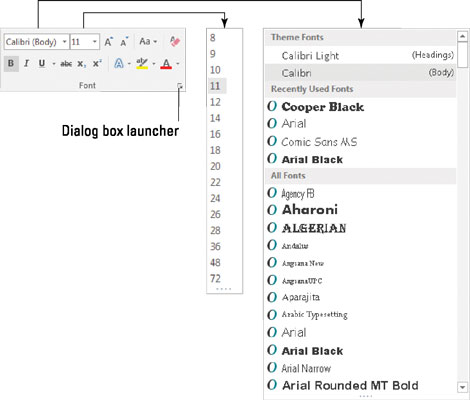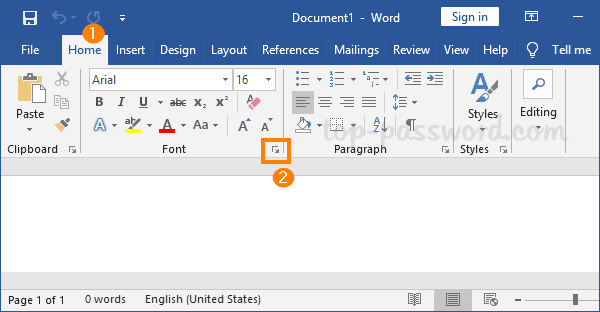
/pJh76jj7g9-1d4ff04d871b43f1b4463de1a3e2c2af.png)
For example, "Please troubleshoot my workbook and fix what's wrong" probably won't get a response, but "Can you tell me why this formula isn't returning the expected results?" might. When contacting me, be as specific as possible. You can send screenshots of your data to help clarify your question. Don't send files unless requested initial requests for help that arrive with attached files will be deleted unread. I answer readers' questions when I can, but there's no guarantee. In the General section, enter the path to the alternate startup folder ( Figure F).īe your company's Microsoft insider by reading these Windows and Office tips, tricks, and cheat sheets.You can add a second startup location as follows:

Anything you store in this folder will open automatically when you launch Excel. Tips #2 and #5 rely on the built-in XLSTART folder. SEE: Eight ways Word's built-in styles can save you a ton of time (TechRepublic) 6: Secondary startup folder I prefer to create new templates and apply them as needed, but I want you to have the opportunity to choose for yourself. In addition, if anything happens to the template, Excel will generate a new one, and it won't contain your customizations.

All new workbooks will present these changes. If you want to make more modifications, be sure to open the Book.xltm template itself, as you would open any other file.īe careful when modifying this template. Excel will open a new workbook that reflects your template changes. To use the modified version of Book.xltm, press Ctrl+N or click New on the Quick Access Toolbar (QAT).

There's no downloadable demonstration file, and you can't make these changes in the browser edition. I'm using Excel 2016 (desktop), but these options are customizable in earlier versions.


 0 kommentar(er)
0 kommentar(er)
